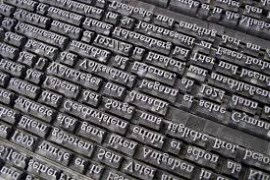Structural correspondence, indirect reference, and partial truth
phlogiston theory and Newtonian mechanics
pp. 103-120
Résumé
This paper elaborates on the following correspondence theorem (which has been defended and formally proved elsewhere): if theory T has been empirically successful in a domain of applications A, but was superseded later on by a different theory T* which was likewise successful in A, then under natural conditions T contains theoretical expressions ({varphi}) which were responsible for T’s success and correspond (in A) to certain theoretical expressions ({varphi}^{*}) of T*. I illustrate this theorem at hand of the phlogiston versus oxygen theories of combustion, and the classical versus relativistic theories of mass. The ontological consequences of the theorem are worked out in terms of the indirect reference and partial truth. The final section explains how the correspondence theorem may justify a weak version of scientific realism without presupposing the no-miracles argument.
Détails de la publication
Publié dans:
Schurz Gerhard, Votsis Ioannis (2011) Scientific realism quo vadis?. Synthese 180 (2).
Pages: 103-120
DOI: 10.1007/s11229-009-9608-7
Citation complète:
Schurz Gerhard, 2011, Structural correspondence, indirect reference, and partial truth: phlogiston theory and Newtonian mechanics. Synthese 180 (2), Scientific realism quo vadis?, 103-120. https://doi.org/10.1007/s11229-009-9608-7.










